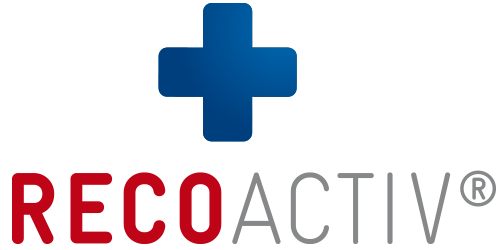Symptoms and characteristics of joint problems in dogs
Joint problems in dogs can occur at any stage of life. They can be acute or chronic. The dog shows significant lameness and/or difficulty getting up and down. In some cases, the affected regions are licked and can also be nibbled.
Acute lameness is usually clear and occurs spontaneously and the dogs do not show any significant improvement after running a few meters.
This is different with chronic complaints, such as arthrosis. The dogs often show clear lameness when taking the first few steps after getting up, but after a few steps they settle down and the lameness subsides.
In both cases, inflammatory processes occur in the joint. They are extremely painful and can even result in total relief of the affected limbs.
Causes of joint problems in dogs
If the dog's ability to move is restricted, this can have many causes. At a young age, these can be genetic or feeding-related, and as we get older, additional signs of wear and tear can occur. But running around or putting too much strain on the joints, for example on long bike rides or the like, can also lead to movement disorders. However, the joints do not always have to be the cause of the lameness.
Genetically determined joint problems can occur very early, as some breeds have a certain predisposition to certain diseases. Especially in large dogs, there are some diseases such as elbow dysplasia (degenerative changes in the elbow joint) or hip joint dysplasia (degenerative changes in the hip joint) that occur in the early stages of life and can cause significant lameness. Some of the breeds include Rottweiler, German Shepherd, Labrador Retriever and Golden Retriever. For these and other large breeds, it makes sense to have the affected joints x-rayed around the first year of life to determine whether a predisposition exists. But even small breeds have certain predispositions to joint diseases.
Feeding-related joint problems often occur when the dog is given too much energy and/or calcium through food during the growth phase. The growth phase is shortened because the long bones grow too quickly and the dog gains weight too quickly. Overloading the dog's young musculoskeletal system can lead to the diseases mentioned above and other diseases. But an undersupply or a poor ratio of minerals during growth can also lead to problems later in life.
The joint problems that occur as we age are often associated with the cartilage losing mass and thus decreasing its buffering capacity. The amount of synovia, the joint fluid, also decreases with age and there is increased friction in the joint.
In addition, due to age, osteoarthritis can form in many joints in the body, which can disrupt the movement of the joint.
Treatment options for joint problems in dogs
The first approach to preventing joint problems from occurring in the first place is balanced feeding in puppyhood that is tailored to the size of the breed. The calcium/phosphorus ratio should be correct and the energy content of the feed should be adapted to the growth rate of the breed.
If there is a breed-related predisposition to joint diseases, certain additional feedstuffs can be added to the regular feed at a young age, which usually contain glycosaminoglycans from the green-lipped mussel and also contain a balanced proportion of omega-3 and omega-6 fatty acids. This supports the cells in the joints and increases the water-binding capacity of the cartilage.
If the dog has existing joint problems, pet owners usually cannot avoid visiting the veterinarian, who will prescribe medication that has an anti-inflammatory and pain-relieving effect in the event of movement disorders. This can be prescribed in phases or permanently for chronic complaints.
When the dog is in a stress-relieving position, muscle tension and strain on the still healthy joints can occur. Physiotherapy can help with this.

